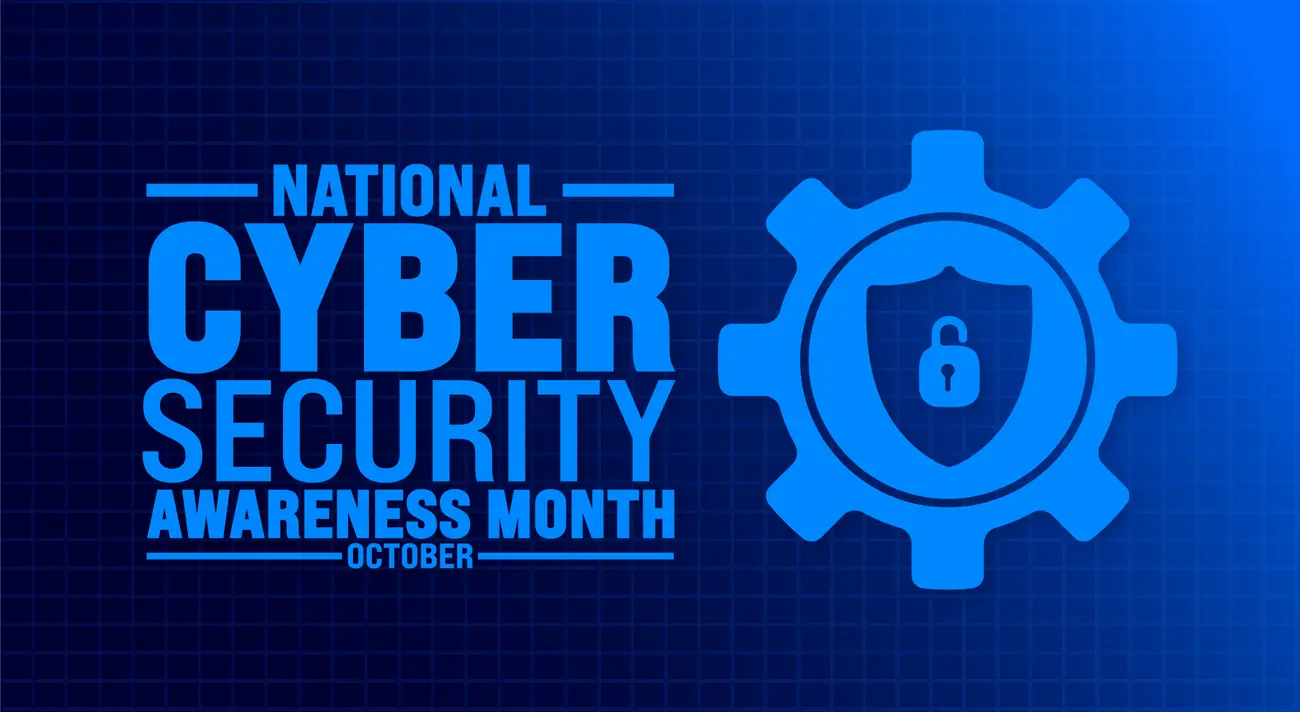CompTIA Security+ SY0-701
Free CompTIA Security+ practice test questions, flashcards, and performance-based questions (PBQs)
CompTIA Security+ Practice Tests
Realistic and configurable practice exams from our bank of 1400 questions, test you are ready for the real thing.
CompTIA Security+ Practice Questions
Each of our 1400 CompTIA Security+ SY0-701 questions, one by one, at your own pace.
CompTIA Security+ Performance-Based Questions
Configure routers, build workstations, identify cables and more hands-on exercises.
Configure a home wifi network with various security options, wireless settings and MAC filtering
Configure a Public Wireless Local Area Network for an airport terminal
CompTIA Security+ Flashcards
Acronyms, terms, and other helpful info in matching mode, flashcard mode and more.
CompTIA Security+ Discount Vouchers
Discount vouchers for the CompTIA Security+ SY0-701 exam. Crucial Exams is a Official CompTIA Partner and Reseller.
Exam Details
| Questions | Maximum of 90 questions |
| Length | 90 minutes |
| Passing Score | 750 (on a scale of 100-900) |
| Continuing Education | Yes |
| Recommended Experience | CompTIA Network+ and two years of experience working in a security/ systems administrator job role |
| Languages | English (currently), with Japanese, Portuguese and Spanish to follow |
Exam Objectives
| Tier | Objective |
|---|---|
| 1 | General Security Concepts |
| 2 | Threats, Vulnerabilities, and Mitigations |
| 3 | Security Architecture |
| 4 | Security Operations |
| 5 | Security Program Management and Oversight |
About CompTIA Security+ SY0-701
CompTIA Security+ Certification Exam Overview
The CompTIA Security+ certification is a vendor-neutral credential that validates foundational security skills and knowledge. The current version of the exam is SY0-701. The SY0-701 exam is a computer-based test that consists of up to 90 questions, with a duration of 90 minutes. Candidates must achieve a minimum passing score of 750 points on a scale of 100-900.
Question Types on the Security+ Exam
The Security+ exam includes two primary types of questions:
- Multiple-Choice/Multiple-Selection Questions: These questions require candidates to select one or more correct answers from a list of options.
- Performance-Based Questions (PBQs): These questions involve solving problems in a simulated IT environment, such as command prompt or networking environments. PBQs are also featured in other CompTIA exams, like A+ and Network+.
Exam Prerequisites
CompTIA does not enforce any prerequisites for the Security+ exam. However, it is recommended that candidates have the CompTIA Network+ certification and at least two years of experience in IT administration with a focus on security. Additionally, CompTIA suggests that candidates be at least 13 years old.
Security+ Exam Domains
The SY0-701 exam focuses on five primary domains:
- General Security Concepts (12%)
- Threats, Vulnerabilities, and Mitigations (22%)
- Security Architecture (18%)
- Security Operations (28%)
- Security Program Management and Oversight (20%)
These domains are detailed in the exam objectives, which outline the scope of the test, including domain weighting, test objectives, and example topics.
Exam Renewal Policy
The Security+ certification, along with other CompTIA certifications, must be renewed every three years. The bridge exam scheme was retired on December 31, 2010. Post-January 1, 2011, all new certifications are valid for three years from the date of certification. Renewal can be achieved by passing the latest version of the exam or through the Continuing Education (CE) program. This program allows candidates to keep their skills current through various activities that demonstrate industry knowledge.
Testing Centers
CompTIA exams, including Security+, are available exclusively through Pearson VUE testing centers since July 9, 2012. Exams can be scheduled online, by phone, or at the testing center. Candidates can choose between in-person exams at Pearson VUE centers or online testing.
The CompTIA Security+ certification ensures that IT professionals possess the essential security skills and knowledge required to protect and manage today's increasingly complex IT environments.
More reading:






